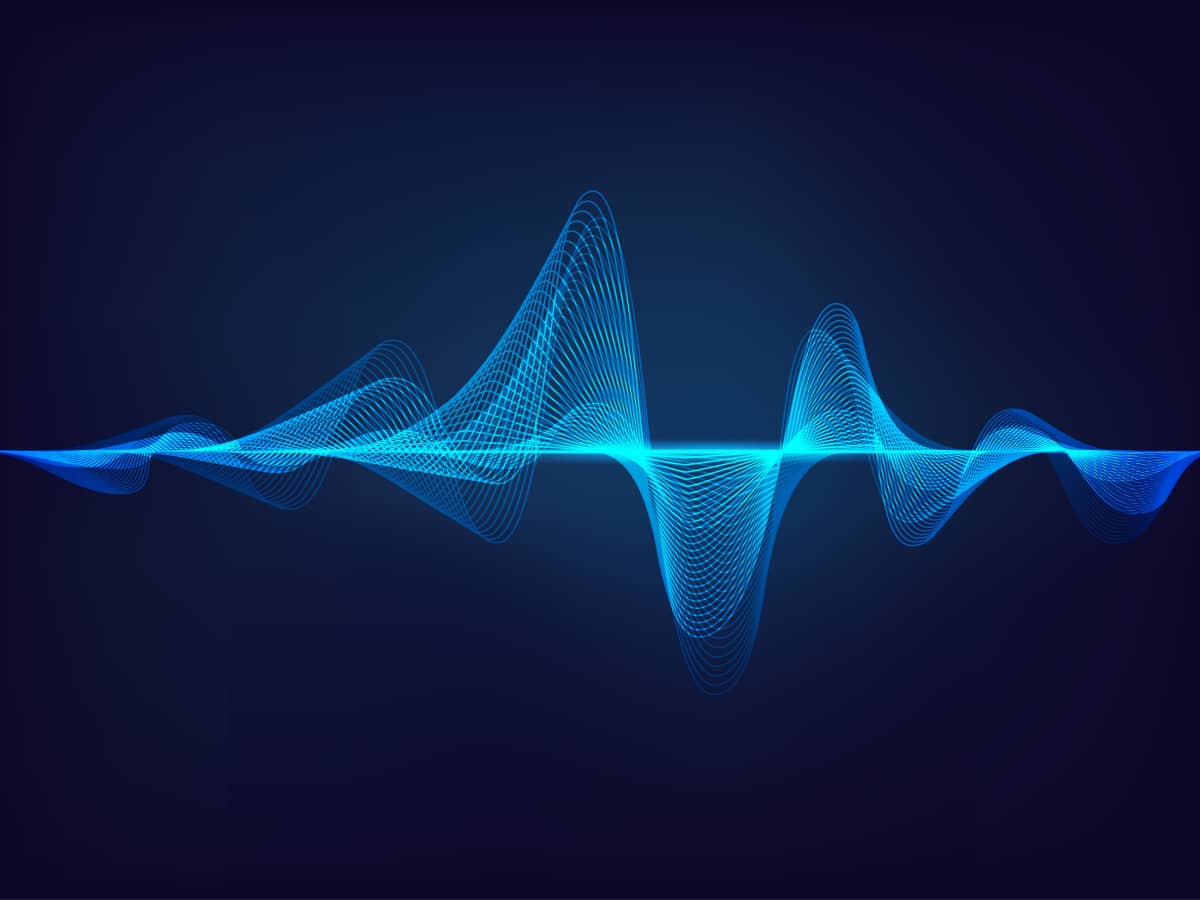Resonance
We live in an electric world. All tissues, bones, and cartilage have unique electrical properties. Our thoughts and emotions are affected by the charges around us. Here are a few ways we are using these invisible forces to heal injuries.

Ultrasound is a low-frequency tool that can project waves of energy into tissues. It can be a powerful diagnostic tool, using specific frequencies and screens to highlight almost all of the larger structures of the body. It can also be turned up and focused in order to heat tissues at varying depths, transmitting energy to injured tissues. It can change their permeability, influence the behavior of cells within the tissue, and accelerate the formation of new collagen during the repair response after injury. Even bone can be stimulated to heal using focused ultrasound waves.
Magnetic fields are used in superconducting magnets to produce Magnetic Resonance images (MRIs) that display all of the tissues of the body. Lower field magnets can be targeted to induce cells to move in one direction or another. And as it has been demonstrated that fibrous tissue can be induced to calcify by the application of carefully curated magnetic fields, hard-to-heal bones are often treated this way. The biochemical changes within tissues can be seen by specialized MRI. This includes the ability to witness localized brain activity when various stimuli are applied using functional MRI (fMRI). Someday soon, MRI machines may also be used to solve difficult injuries, and not just for diagnosis.
Laser light energy is highly focused and can be used as everything from a powerful weapon to a mild tissue warming tool. Generally, lasers have been used to kill cancerous tissues or unwanted lesions, sluff off facial tissue, or remove tattoos. Efforts to use lasers for tissue healing have met with minimal success. Very mild light sources—from infrared to green and blue—have also been proposed as efficacious in a wide variety of therapies, but have marginal scientific validity.
Various electric currents are under investigation in the treatment of depression, Parkinson’s, and a wide range of brain-based disorders.
Amongst the more ethereal prescriptions, sound therapy has been investigated as a strategy for interacting with the mind and emotions to stimulate healing. Currently, the “Solfeggio Frequency” of 174 Hz is sometimes used to generate healing changes in the body, while frequencies as high as 528 Hz have been shown to reduce stress and anxiety.
This brings us to the topic of resonance. If all tissues have unique frequencies, and health and disease can be differentiated by these oscillations, we have only begun to investigate the potential for healing with a wide range of energy sources. From ligaments to cartilage, the healing of tissues that usually take months or years to regrow can be potentially accelerated when we come to understand their unique frequencies. In skilled hands, the new field of Resonance Intelligence may come to rival the current growth of Artificial Intelligence.